1. Introduction
In the current context of rapid technological development and growing concern for environmental issues, the construction sector is undergoing unprecedented changes. Renewal and replacement of buildings have also become routine. Traditional methods of building demolition include manual dismantling, mechanical demolition, and demolition by blasting. Although demolition by blasting is the most common method, it often neglects the reuse of building materials and also has a negative impact on the environment. Housing and mobility and nutritional needs are reported to account for approximately 70%-80% of environmental impacts in industrialized countries [1]. Building Information Modelling (BIM) focuses on the digital representation of the physical and functional characteristics of a facility and has been widely used in the construction and maintenance of buildings [2]. Building deconstruction, on the other hand, is a detail-oriented demolition method that aims to maximize the recycling of materials. This paper will delve into the synergies between BIM and building deconstruction, and how BIM has profoundly changed the practice of sustainable building.
2. Advantages of BIM in deconstruction
2.1. Time and cost efficiency
In the modern construction industry, BIM provides in-depth analytical tools for deconstruction to optimize the deconstruction process, resulting in significant time and cost savings. The introduction of BIM eliminates a great deal of decision-making based on experience and guesswork, allowing the entire team to work methodically and ensure that each deconstruction stage is executed with precision. As shown in figure 1, BIM provides detailed information about the building structure, which aids decision-making about the strategy and steps to be taken for deconstruction. The exact sequence and procedures of deconstruction can be finely designed and modelled before the actual work is carried out. For example, materials that contain potential risks, such as asbestos-containing fire doors, can be prioritized for identification and disposal. In addition, the team can study and compare the effectiveness and cost of different deconstruction methods to make an informed choice. In addition, BIM allows us to categories deconstructed materials according to their nature, so that appropriate waste management strategies can be developed to ensure that reuse, recycling and disposal of waste is handled appropriately.
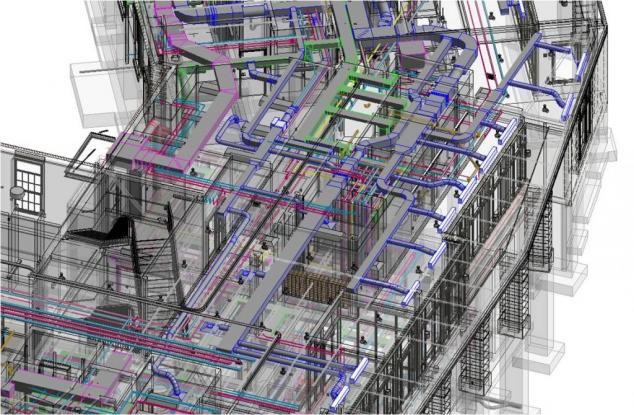
Figure 1. BIM information of a residence project [3].
2.2. Safety protocols enhanced by BIM
In the field of construction and demolition, the safety of the project is always at the center of research and practice [4]. Advanced technologies represented by BIM provide strong technical support to achieve this goal. BIM not only aids in building design, but more importantly, its potential for application in the demolition and recycling process. Firstly, BIM has unparalleled advantages when analyzing building structures. It can be detailed down to every component and material, providing the deconstruction team with information on all parts of the building. For example, with BIM, the team can clearly identify which walls are load-bearing. For these critical structures, extra care should be taken when dismantling them to avoid potential risks caused by improper handling. This not only helps to ensure the safety of staff, but also ensures that the whole project runs smoothly. Secondly, the planning of safety zones is a key aspect of a demolition project. Using BIM, the team was able to accurately calculate and plan the safety zones. This ensured that bystanders and those not directly involved in the demolition work were kept away from potentially hazardous areas, thus greatly reducing the risk of accidents. Further, real-time updates and communication are especially critical in demolition projects. Using the BIM model, the team could keep themselves updated on the progress of the work and potential problems identified. When unanticipated conditions are encountered during the actual demolition process, such as hidden structures, unknown hazardous materials, etc., the team can mark them in the BIM model in a timely manner and ensure that everyone involved is well aware of these conditions and the countermeasures taken [4].
2.3. Material and documentation traceability
The use of BIM in the construction industry is much more than just the deconstruction phase. In fact, BIM can provide a comprehensive understanding of a building, identifying which parts of the building have followed modern design concepts and which parts may need to be updated or replaced in the future. The performance and state of use of every component and every material has a direct effect on the impact the building has on the external environment. When considering the deconstruction of a building, the meticulous data provided by BIM can help us predict the specific impact each component may have on the environment. In addition, BIM provides a solid foundation for recycling and reusing these building materials and components. For example, at the end of a construction project, or when a building needs to be demolished, the associated BIM model can provide guidance on how to efficiently recycle the materials, thus enabling a closed-loop recycling of materials [5]. In this way, not only is the linear disposal of materials during the demolition process avoided, but a sustainable model of circular economy is also promoted. This model represents a significant improvement over the traditional model of resource consumption.
It has to be mentioned that Arghavan’s research further emphasizes the importance of BIM in this regard. Considering that in practice, the same components and materials may not be used more than once in the same building or project, BIM offers the possibility to create ‘material/component libraries’, which allow these building components to be properly stored and reused in other projects in the future [6]. Figure 2 shows how deconstruction can achieve a closed-loop state of materials at the end of a building’s life. This strategy not only improves resource efficiency, but also further promotes a greener, more environmentally friendly approach to the construction industry.
3. BIM in Deconstruction Lifecycle
3.1. Determination of demolition schemes
Based on data from the U.S. Green Building Council, construction activities account for 40% of global raw material consumption, equivalent to approximately 3 billion tons annually [7]. Despite substantial annual consumption of raw materials, only about one-third of construction and demolition waste is recycled and repurposed [1]. Formulating a comprehensive demolition strategy poses significant challenges, leading to decisions often heavily reliant on the subjective experience of demolition personnel. These decisions may not consider all relevant factors and conditions, resulting in potential bias and lack of foresight. The workflow of demolition schemes via BIM is illustrated in figure 3.
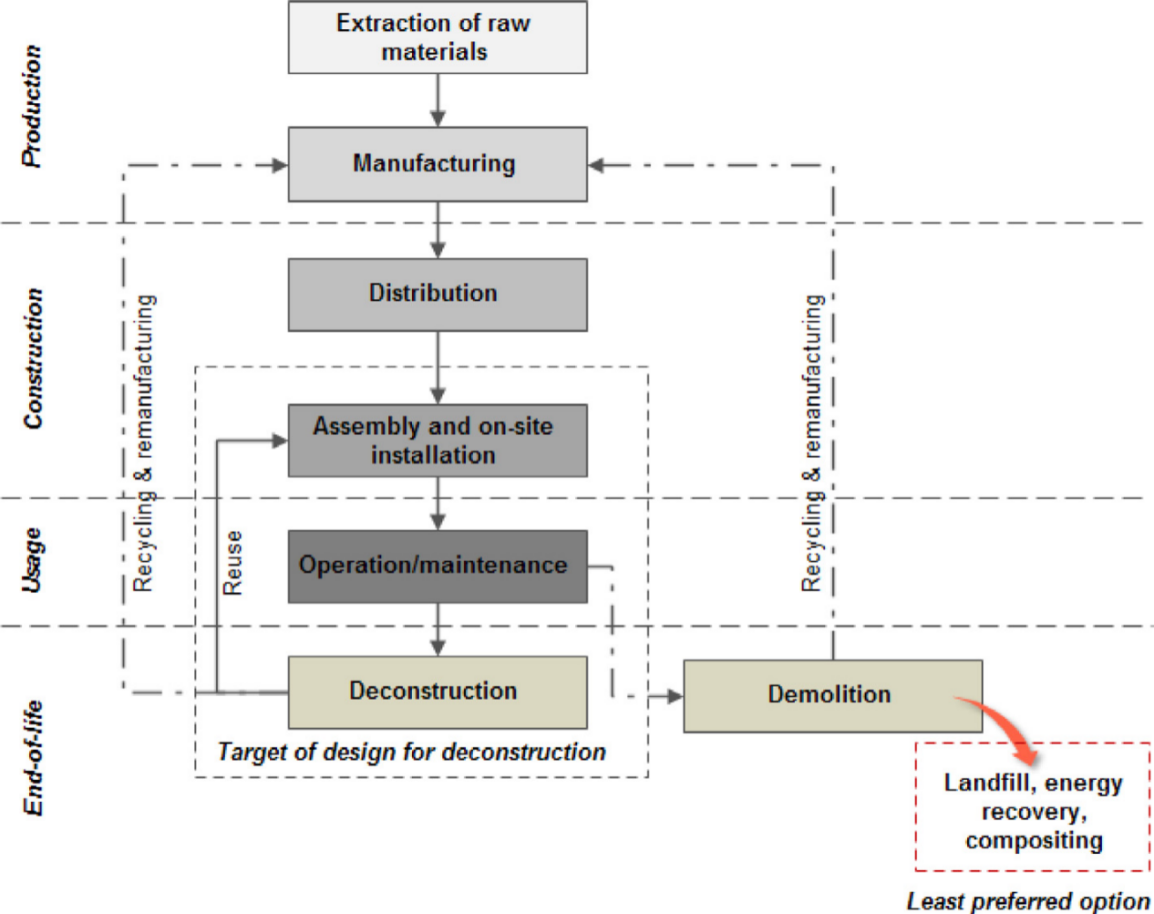
Figure 2. Flow chart of deconstruction for materials to reach a closed-loop state upon a building’s end of life [6].
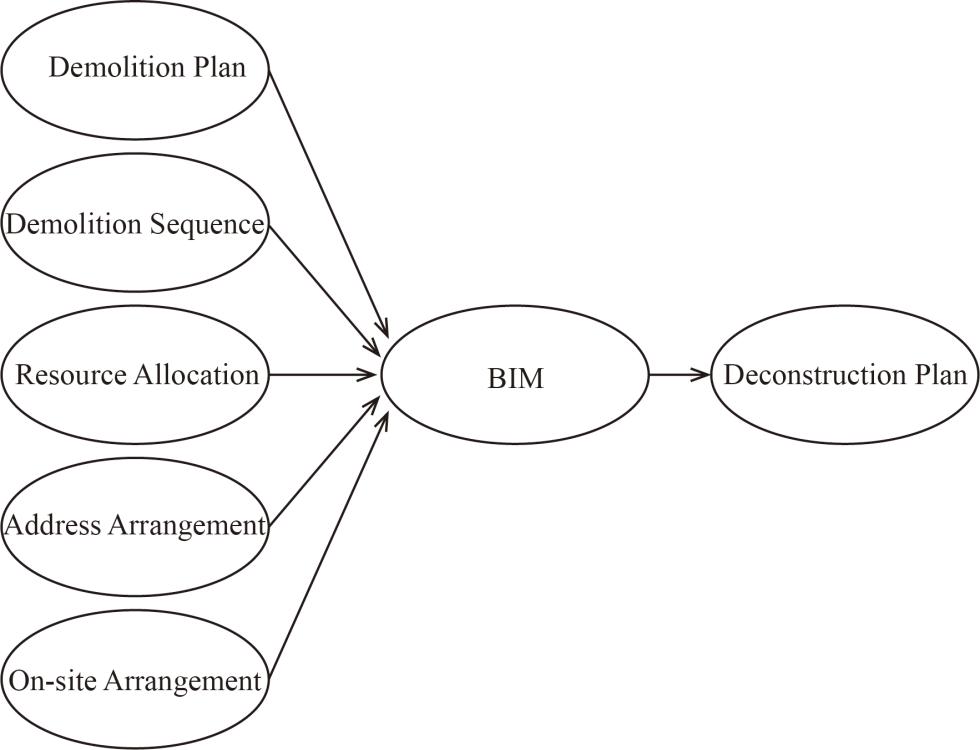
Figure 3. The information integration capability of BIM in the context of demolition.
Prior to decision-making, the most critical step is technical preparation, ensuring a deep understanding of the demolition project’s intricacies. Demolition teams utilize the BIM model to review project characteristics, plan dimensions, concealed engineering data, construction process records, structural lifespan, equipment specifications, suppliers, installation details, usage, and other relevant documentation [6]. With BIM, one can simulate the entire construction process and techniques, especially for intricate and technically challenging structures. This enables decision-makers to visualize the entire architecture, identify critical structural elements, recognize operational challenges, and document potential issues and areas requiring caution during demolition. Informed by prior assessments of components to be recycled, they can determine the optimal sequence for demolition, and draft pre-demolition plans and schedules [8]. Site visits for further inspection may be necessary, leading to targeted feasible construction organization designs.
Using Geographic Information Systems (GIS), one can record and analyze site environments. By connecting the IFC standard with GIS based on the BIM model, the advantages of GIS in spatial data integration, geographical simulation, and geographic analysis are fully harnessed [1]. Urban building demolition predominantly employs either explosive or mechanical demolition, with manual methods being supplementary. By utilizing BIM to simulate explosive scenarios, explosive point placements can be ascertained. This ensures more accurate blast point selections and blast intensities, leading to continual improvements in the demolition strategy, reducing construction waste and environmental impact, and enhancing the recycling rate of construction materials [9]. Modern structures are intricate, making demolition tasks extensive. When adopting another prevalent demolition method—primarily mechanical with manual support—it’s pivotal to determine the coordination and sequence of personnel and machinery. This poses high demands on decision-makers’ strategic planning and site managers’ operational capabilities. Practical application of BIM addresses site layout and management issues [1]. Simulating the demolition site and optimizing the demolition process with BIM ensures efficient resource allocation, proper personnel and machinery positioning, and avoids construction collisions due to inadequate equipment radii, thereby enhancing demolition efficiency.
3.2. Intermediate implementation phase
In comparison to traditional two-dimensional design drawings, BIM architectural diagrams possess a greater capacity for information storage both in terms of variety and duration. This led to the establishment of the BIM cloud management system, which promotes timely information sharing throughout the demolition implementation process, facilitating a more granular management approach. At demolition construction sites, the Just In Time (JIT) production methodology — particularly its tool, Kanban management — shares interactive and visual characteristics with BIM [9]. By integrating these systems, information stored in the BIM model of a building earmarked for demolition can be seamlessly incorporated into Kanban management. The resultant integrated data platform, dubbed KanBIM, provides explicit directives regarding the timing, location, methodology, quantity, and post-demolition placement of components slated for recycling, thereby ensuring systematic and efficient demolition procedures [10].
At demolition sites, BIM, in conjunction with RFID (Radio-Frequency Identification), is employed to achieve comprehensive and efficient safety oversight [1]. As indicated in figure 4, the continuous input of recyclable component data into the BIM database guarantees both the timeliness and authenticity of the deconstruction information. As the deconstruction project progresses, potential conflicts within the deconstruction workflow can be analyzed using the BIM 4D model, enabling proactive safety monitoring and intervention.
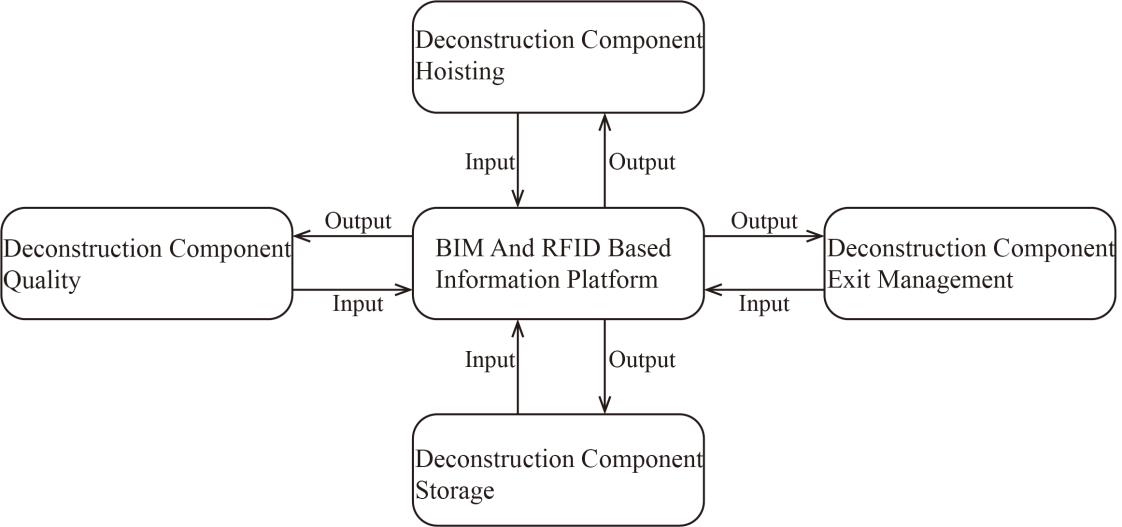
Figure 4. Based on the BIM and RFID information platform system.
The combined application of BIM technology and RFID is especially valuable during the building demolition phase. When undertaking a demolition, the pre-defined Microsoft Project construction plan can be imported into the site planning software, Navisworks. Once aligned with BIM and supplemented with temporal data atop the existing spatial information, a visual 4D construction progression model is generated. On-site staff can use RFID readers to ascertain component “identity” data, which is then relayed back to the BIM 4D blueprints [10]. This facilitates rapid access to component location and progress data, allowing for real-time work assessment at any given moment. Such integration aids in precisely gauging progress, understanding key demolition milestones, and ensuring real-time progress tracking and dynamic management. This not only simplifies progress management but also enhances the efficiency and quality of work during the demolition phase. By juxtaposing real-time on-site feedback with the pre-decision demolition strategy, it’s possible to verify task durations and inter-task logical relationships [11]. Any deviation from planned progress is swiftly identified and rectified.
Recyclable components might incur various degrees of damage during demolition. When damage occurs, it is marked on the component’s RFID tag and relayed to the BIM database for aggregate data analysis [11]. This process aids subsequent disposal and recycling management of such components, ensuring accurate information tracking from the demolition site to reuse in prefabrication facilities. Concurrently, the BIM collaborative management cloud platform forwards this data to the component prefabrication factory, facilitating targeted repairs and modifications to the damaged recyclable components [8].
3.3. Post-disposal phase
In the demolition phase of construction, the recycling rate of construction waste is relatively low due to constraints related to waste categorization, quantification, and allocation. However, leveraging BIM technology can effectively address this issue. Initially, the type of construction waste can be identified from BIM, followed by determining the number of building components to be demolished. This resolves the problem of predicting waste discharge quantities, enabling the rational scheduling of vehicle types and numbers. Based on the estimated discharge volume, sites can be arranged in advance, designating categorized stacking areas, allowing for segregated treatment of construction waste. The disposal process is illustrated in the figure 5. The combined use of BIM and RFID can also monitor hazardous materials, preventing environmental contamination [10]. It is evident that the synergy of BIM with associated software can enhance the resource management of construction waste, improving recycling rates and alleviating the strain on construction resources, profoundly impacting the realization of green demolition. A rational removal route not only provides tangible economic benefits but also accelerates the pace, ensures the timeline, reduces safety risks, and ultimately guarantees the achievement of demolition objectives. Capitalizing on the advantages of BIM will facilitate smooth and efficient removal operations.
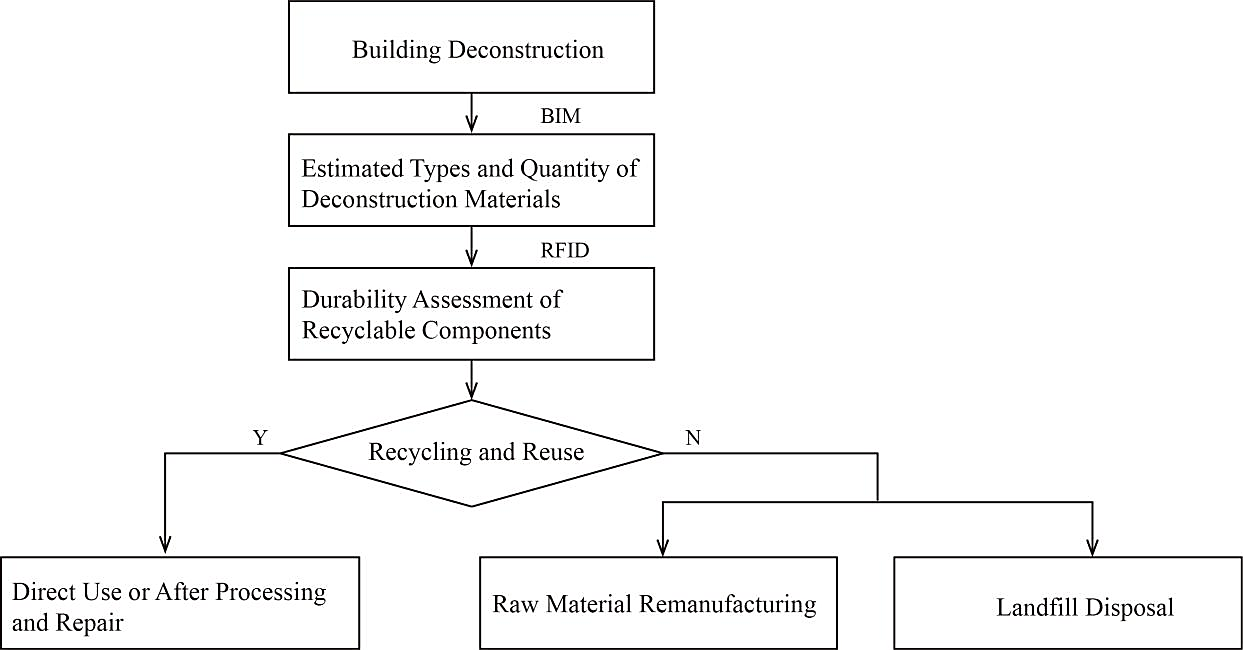
Figure 5. Post-disposal of recyclable components.
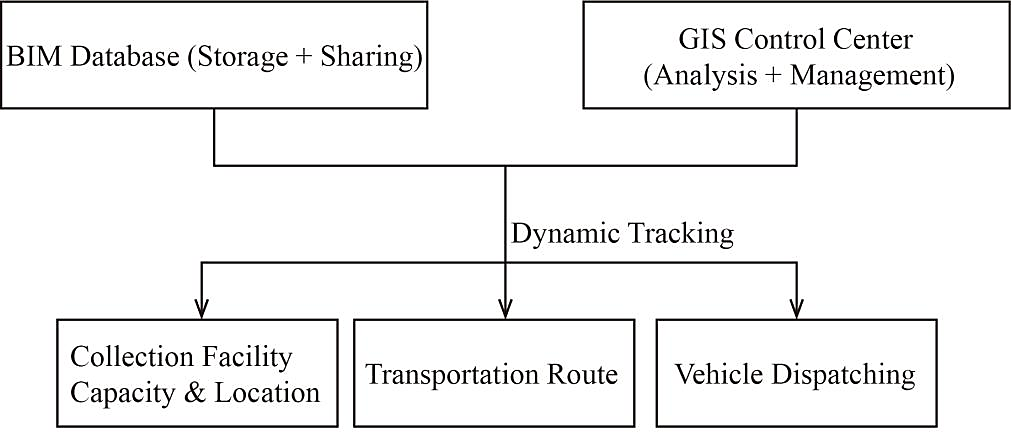
Figure 6. Post-disposal of construction waste.
Coupled with the robust spatial analysis and data management capabilities of GIS, dynamic tracking of construction waste flow can be achieved, as well as the design of waste collection facility capacities and locations, optimized vehicle dispatch, and rational planning of removal routes to ensure smooth on-site transportation [11]. The figure 6 illustrates the dynamic tracking conducted through the combined use of BIM and GIS.
4. Case study
BIM was successfully applied to waste management and recycling during the demolition of a 47-storey residential tower in Hong Kong (figure 7). In this project, Jack’s team used cutting-edge BIM with the aim of maximizing the recycling and reuse of building materials [7]. They started with a full BIM analysis of the entire building, followed by using Revit software to dig deeper into the details of each component to accurately calculate the volume of recyclable materials. After evaluating the different material types, the team was able to accurately predict the number of transport vehicles required and provided the construction team with tailored recommendations to ensure an efficient workflow. Thanks to this technology, the contractor managed to save more than 70% on waste disposal costs. Impressively, the process resulted in an 80% recycling and reuse rate of waste [7]. This case demonstrates the great potential of BIM in the field of building demolition and waste management. With the introduction of BIM, building demolition is no longer blind, aimless demolition, but planned resource recovery and utilization.
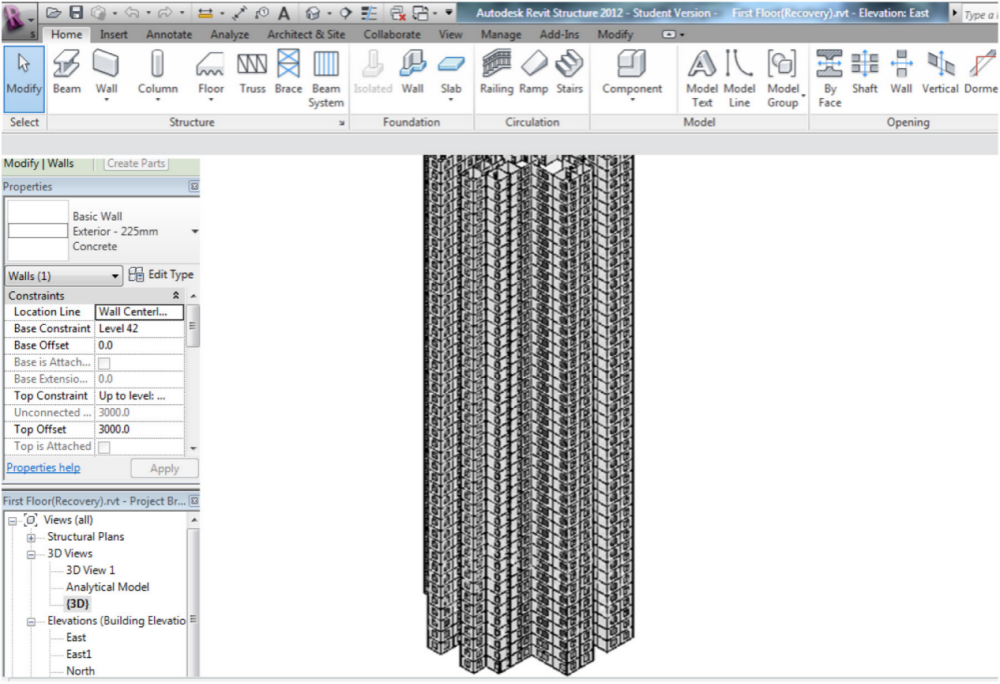
Figure 7. 3D view of the building model in Revit [7].
5. Conclusion
In recent years, BIM has been widely applied and recognized in the fields of building design, construction and operation management. However, compared with other aspects, its application in the field of building demolition still appears to be relatively elementary, and is still in the stage of exploration and practice. Compared with traditional demolition methods, BIM is obviously more cumbersome at the current stage, mainly reflected in the complexity of its workflow. Coupled with the lack of a set of perfect operating procedures, its application in the field of demolition of the cost increase has become the focus of general concern in the industry. In addition, there is also a shortage of professionals who have mastered BIM. Meanwhile, the insufficient data base, imperfect standards, and limited number of models that meet the requirements of BIM application have all posed great challenges for its application in the demolition field. However, along with the technological progress and the continuous change of the industry, more and more buildings will be constructed with BIM. As more and more attention paid to green demolition and recycling of construction materials, the application of BIM in the field of construction and demolition will be further promoted, and the related workflow will be gradually improved.
References
[1]. Akbarieh A, Jayasinghe L B, Waldmann D and Teferle F N 2020 BIM-Based End-of-Lifecycle Decision Making and Digital Deconstruction: Literature Review Sustainability. 12(7) 2670
[2]. Whole Building Design Guide Building Information Modeling (BIM) August, 17, 2022. Retrieved on September 26, 2023. Retrieved from: https://www.wbdg.org/bim
[3]. Zachary E. Z Four ways to maximize your BIM form the Construction Specifier September 3, 2013. Retrieved on September 26, 2023. Retrieved from: https://www.construction specifier.com/four-ways-to-maximize-your-bim/
[4]. Ponnada M R, Kameswari P 2015 Construction and Demolition Waste Management - A Review International Journal of Advanced Science and Technology 84 19-46.
[5]. Wang Z and Wang L 2015 Green Building Materials Management Based on BIM Technology ASCE library CCREM 9 170-177
[6]. Akinade O O, Oyedele L O, Omoteso K, Ajayi S O, Bilal M and Owolabi H A et al. 2017 BIM-based deconstruction tool: Towards essential functionalities International Journal of Sustainable Built Environment 6(1) 260-271
[7]. Cheng J C P and Ma L Y H 2013 A BIM-based system for demolition and renovation waste estimation and planning Waste Management 33(6) 1539-1551
[8]. Hu X, Zhou Y, Vanhullebusch S, Mestdagh R, Cui Z and Li J 2022 Smart building demolition and waste management frame with image-to-BIM Journal of Building Engineering 49 104058
[9]. Won J and Cheng J C P 2017 Identifying potential opportunities of building information modeling for construction and demolition waste management and minimization Automation in Construction 79 3-18
[10]. Pun S K, Liu C, Langston C and Treloar 2007 G Electronic Waste Exchange for Just-in-Time Building Demolition International Journal of Construction Management 7(2) 65-77
[11]. Li C Z, Xue F, Li X, Hong J and Shen G Q 2018 An Internet of Things-enabled BIM platform for on-site assembly services in prefabricated construction Automation in Construction 89 146-161
Cite this article
Zhao,Z. (2023). Research on building deconstruction based on BIM technology. Theoretical and Natural Science,14,18-26.
Data availability
The datasets used and/or analyzed during the current study will be available from the authors upon reasonable request.
Disclaimer/Publisher's Note
The statements, opinions and data contained in all publications are solely those of the individual author(s) and contributor(s) and not of EWA Publishing and/or the editor(s). EWA Publishing and/or the editor(s) disclaim responsibility for any injury to people or property resulting from any ideas, methods, instructions or products referred to in the content.
About volume
Volume title: Proceedings of the 3rd International Conference on Computing Innovation and Applied Physics
© 2024 by the author(s). Licensee EWA Publishing, Oxford, UK. This article is an open access article distributed under the terms and
conditions of the Creative Commons Attribution (CC BY) license. Authors who
publish this series agree to the following terms:
1. Authors retain copyright and grant the series right of first publication with the work simultaneously licensed under a Creative Commons
Attribution License that allows others to share the work with an acknowledgment of the work's authorship and initial publication in this
series.
2. Authors are able to enter into separate, additional contractual arrangements for the non-exclusive distribution of the series's published
version of the work (e.g., post it to an institutional repository or publish it in a book), with an acknowledgment of its initial
publication in this series.
3. Authors are permitted and encouraged to post their work online (e.g., in institutional repositories or on their website) prior to and
during the submission process, as it can lead to productive exchanges, as well as earlier and greater citation of published work (See
Open access policy for details).
References
[1]. Akbarieh A, Jayasinghe L B, Waldmann D and Teferle F N 2020 BIM-Based End-of-Lifecycle Decision Making and Digital Deconstruction: Literature Review Sustainability. 12(7) 2670
[2]. Whole Building Design Guide Building Information Modeling (BIM) August, 17, 2022. Retrieved on September 26, 2023. Retrieved from: https://www.wbdg.org/bim
[3]. Zachary E. Z Four ways to maximize your BIM form the Construction Specifier September 3, 2013. Retrieved on September 26, 2023. Retrieved from: https://www.construction specifier.com/four-ways-to-maximize-your-bim/
[4]. Ponnada M R, Kameswari P 2015 Construction and Demolition Waste Management - A Review International Journal of Advanced Science and Technology 84 19-46.
[5]. Wang Z and Wang L 2015 Green Building Materials Management Based on BIM Technology ASCE library CCREM 9 170-177
[6]. Akinade O O, Oyedele L O, Omoteso K, Ajayi S O, Bilal M and Owolabi H A et al. 2017 BIM-based deconstruction tool: Towards essential functionalities International Journal of Sustainable Built Environment 6(1) 260-271
[7]. Cheng J C P and Ma L Y H 2013 A BIM-based system for demolition and renovation waste estimation and planning Waste Management 33(6) 1539-1551
[8]. Hu X, Zhou Y, Vanhullebusch S, Mestdagh R, Cui Z and Li J 2022 Smart building demolition and waste management frame with image-to-BIM Journal of Building Engineering 49 104058
[9]. Won J and Cheng J C P 2017 Identifying potential opportunities of building information modeling for construction and demolition waste management and minimization Automation in Construction 79 3-18
[10]. Pun S K, Liu C, Langston C and Treloar 2007 G Electronic Waste Exchange for Just-in-Time Building Demolition International Journal of Construction Management 7(2) 65-77
[11]. Li C Z, Xue F, Li X, Hong J and Shen G Q 2018 An Internet of Things-enabled BIM platform for on-site assembly services in prefabricated construction Automation in Construction 89 146-161









